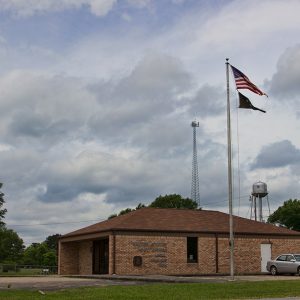 Leola Post Office
Leola Post Office
Entry Category: Counties, Cities, and Towns - Starting with L
 Leola Post Office
Leola Post Office
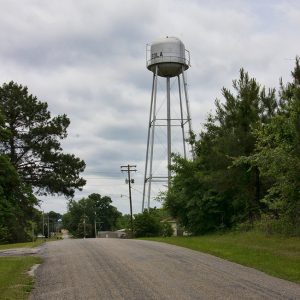 Leola Water Tower
Leola Water Tower
Lepanto (Poinsett County)
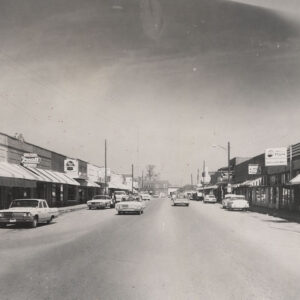 Lepanto Street Scene
Lepanto Street Scene
 Lepanto Church
Lepanto Church
Leslie (Searcy County)
 Leslie Depot
Leslie Depot
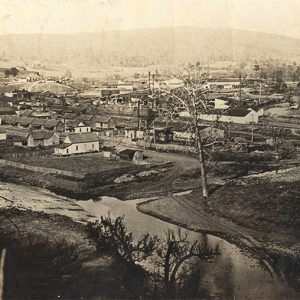 Leslie Manufacturing District
Leslie Manufacturing District
 Leslie Overlook
Leslie Overlook
 Leslie Street Scene
Leslie Street Scene
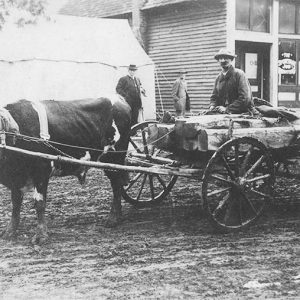 Leslie Street Scene
Leslie Street Scene
Lester (Ouachita County)
Letona (White County)
Levy (Pulaski County)
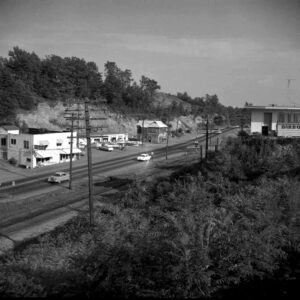 Levy Street Scene
Levy Street Scene
Lewisburg (Conway County)
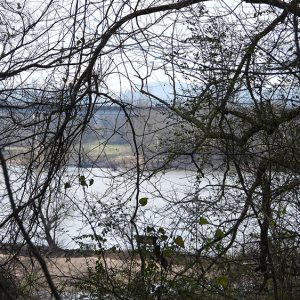 Lewisburg Bridge
Lewisburg Bridge
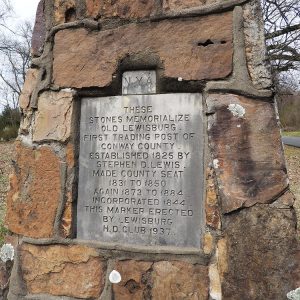 Lewisburg Marker
Lewisburg Marker
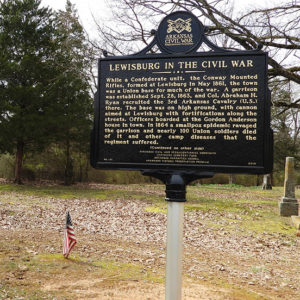 Lewisburg Marker
Lewisburg Marker
Lewisville (Lafayette County)
 Lewisville Street Scene
Lewisville Street Scene
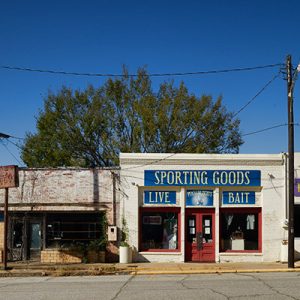 Lewisville Street Scene
Lewisville Street Scene
 Entering Lexa
Entering Lexa
Lexa (Phillips County)
 Lexa Church
Lexa Church
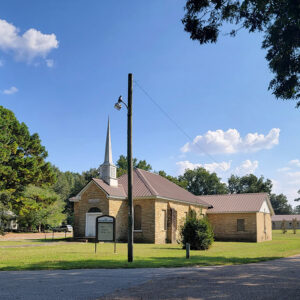 Lexa Church
Lexa Church
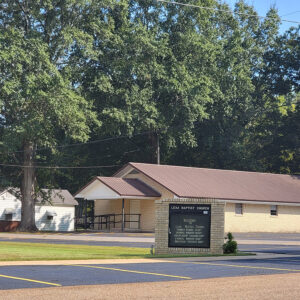 Lexa Church
Lexa Church
 Lexa Church
Lexa Church
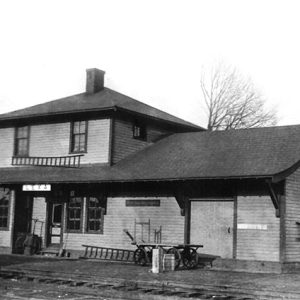 Lexa Depot
Lexa Depot
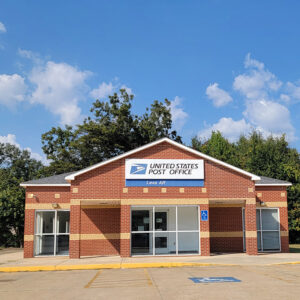 Lexa Post Office
Lexa Post Office
 Lexa Street Scene
Lexa Street Scene
 Lexa Street Scene
Lexa Street Scene
 The Lighthouse Church
The Lighthouse Church
 Ligon's Store
Ligon's Store
Limedale (Independence County)
 Limestone Quarry
Limestone Quarry
Lincoln (Washington County)
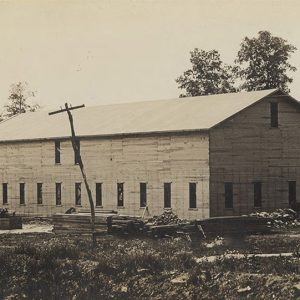 Lincoln Cannery
Lincoln Cannery
Lincoln County
 Lincoln Street Scene
Lincoln Street Scene
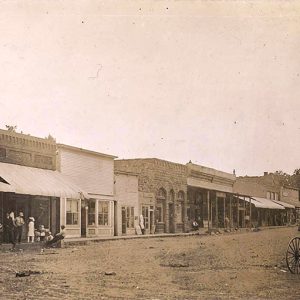 Lincoln Street Scene
Lincoln Street Scene
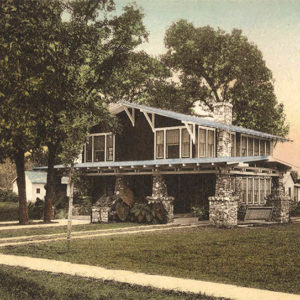 Linebarger House
Linebarger House
 Lion Oil Building
Lion Oil Building
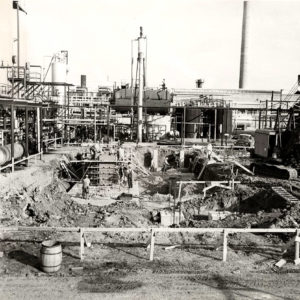 Lion Oil Construction
Lion Oil Construction
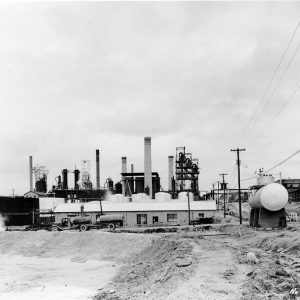 Lion Oil Pump House
Lion Oil Pump House
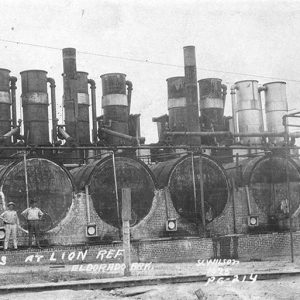 Lion Oil Stills
Lion Oil Stills
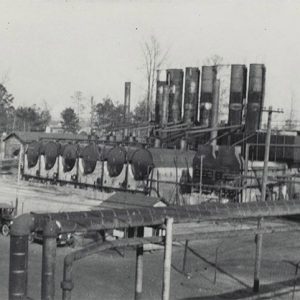 Lion Oil Stills
Lion Oil Stills
 Lion Sign
Lion Sign




